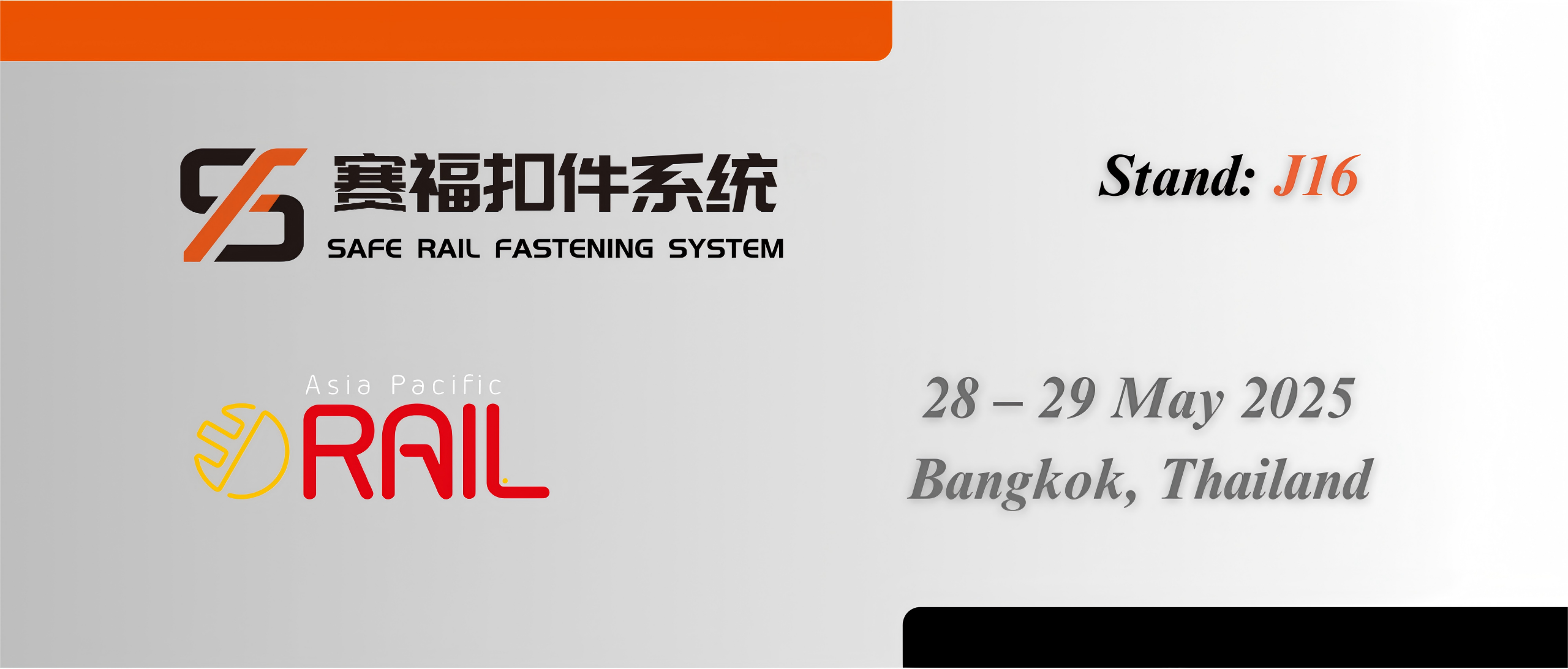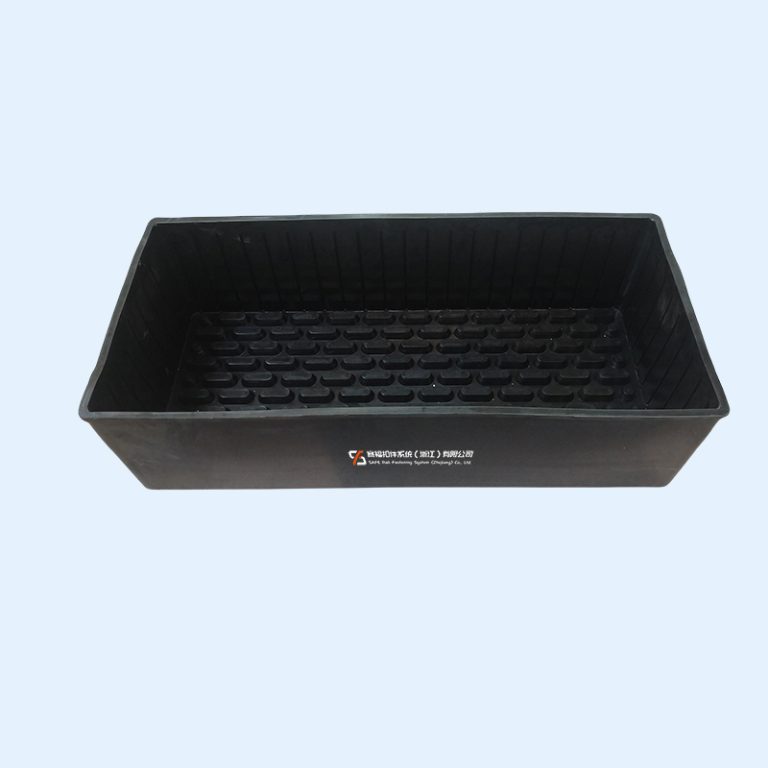
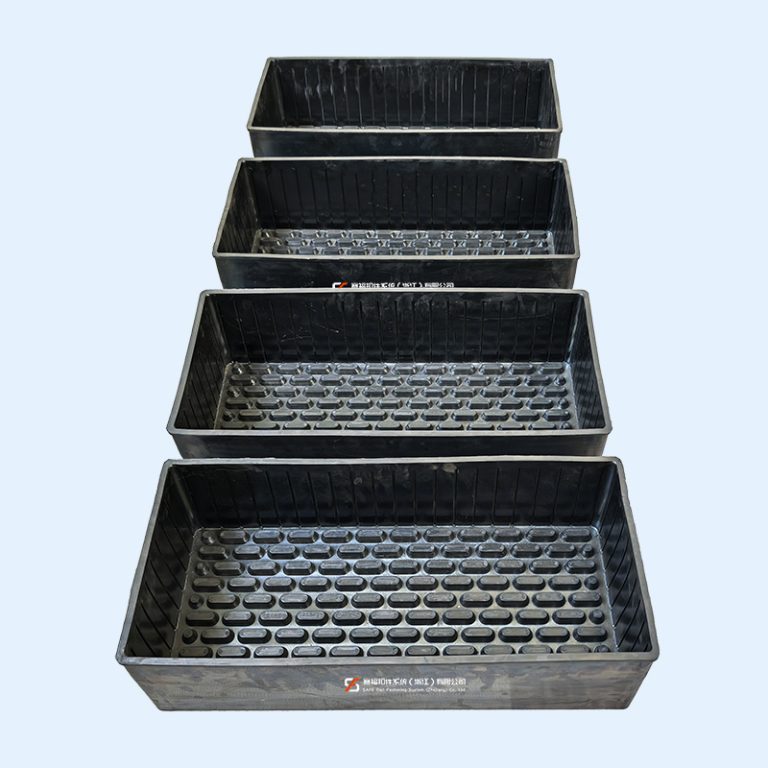
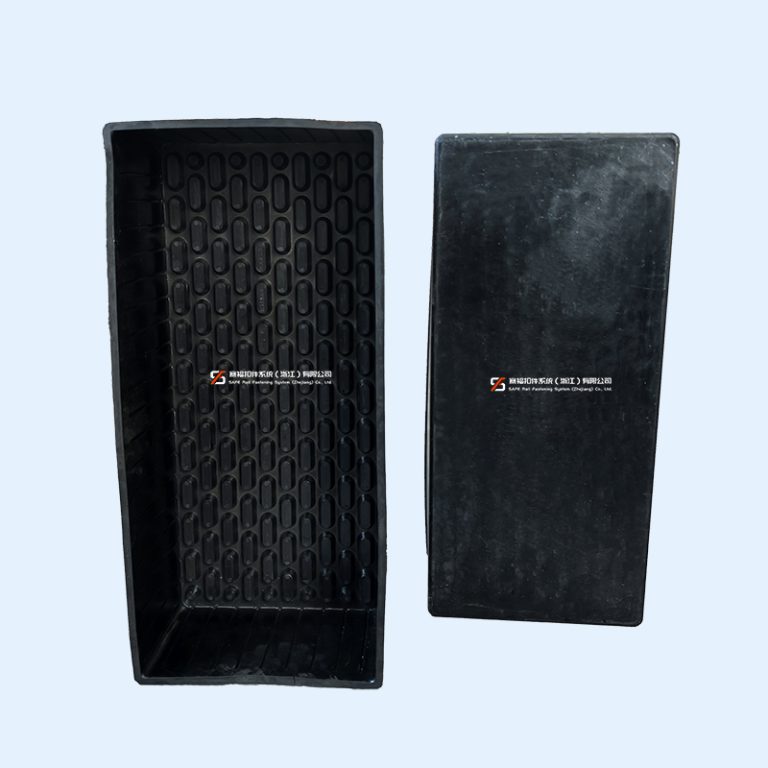
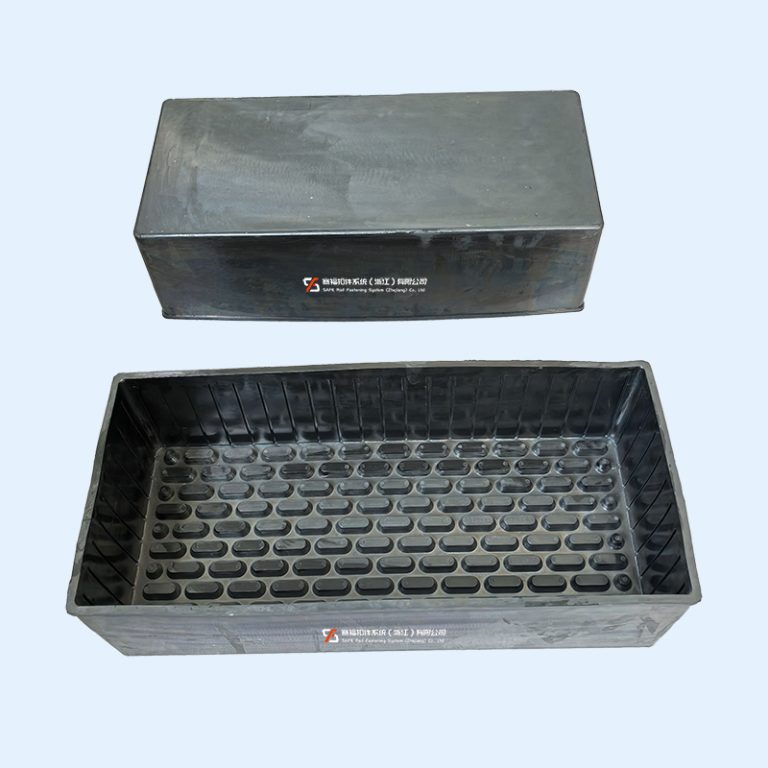
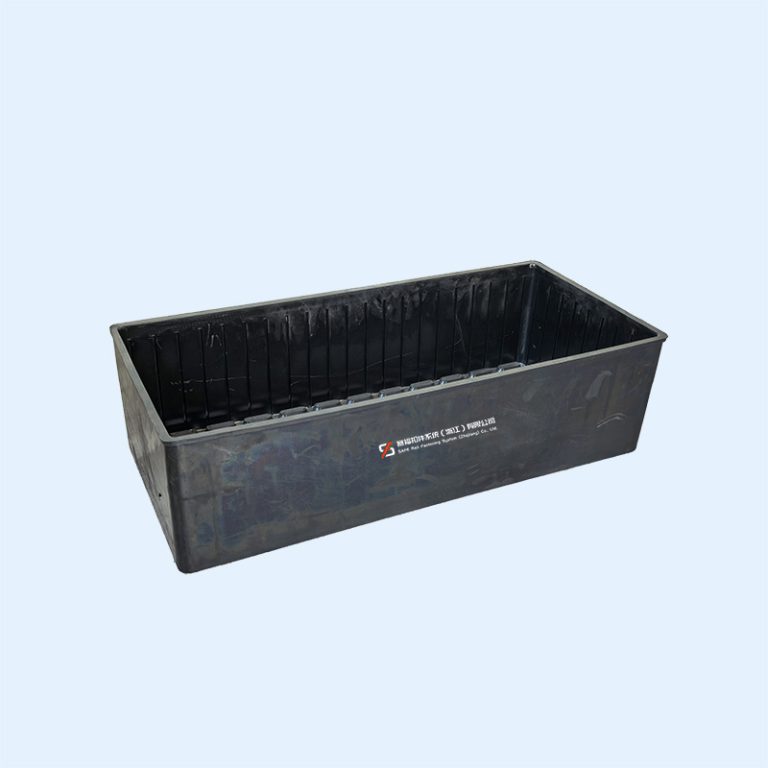
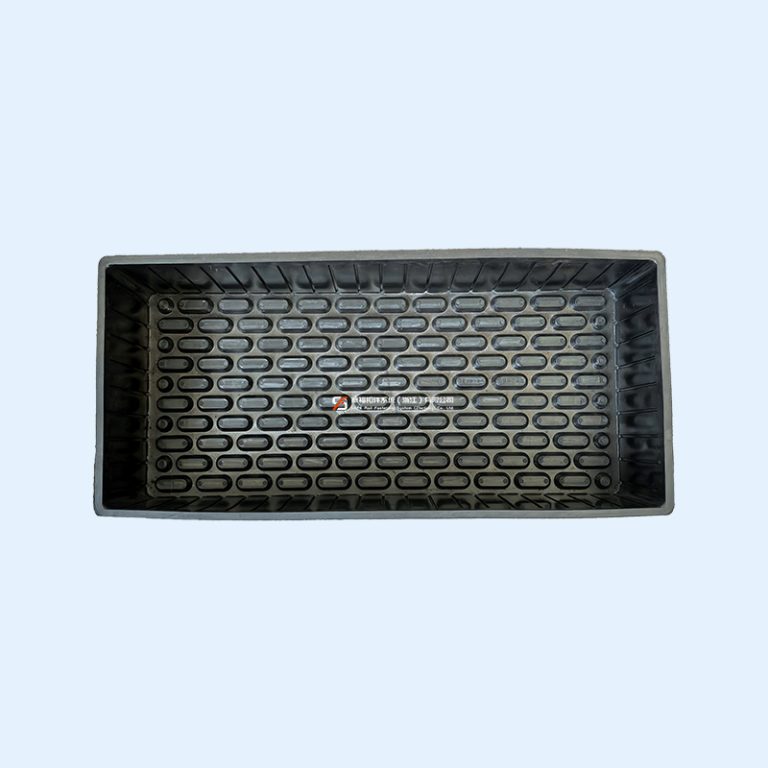
























Rubber boots play multiple roles in railways, including shock absorption, noise reduction, insulation, protection, fixation, support, and environmental adaptation. They are crucial for the safe and stable operation of the railway system.
As an OEM & OBM manufacturer, SAFE Rail Fastening System is capable of not only producing a wide range of internationally common types of rubber boot, but also customizing products tailored to our customers’ specific requirements.
SAFE Rail Fastening System has a rubber products production line is equipped with complete production equipment, with process flows involving automatic batching, automatic mixing, and vulcanization. It features advanced testing equipment and a comprehensive quality management system. We can develop, manufacture, and customize various rubber products, such as rubber pads, rubber boots, railway rubber crossing plate and etc., according to customer requirements.
Furthermore, SAFE Rail Fastening System offers a diverse range of products and services, including OEM and OBM rail fastening systems for conventional, high-speed, heavy-haul, and metro applications. Its portfolio includes rail clips, pads, tie plates, bolts, and other specialized components. The company prioritizes technological innovation through its SAFE Shanghai Research Center, which collaborates with industry and academia to drive advancements in rail transit solutions. Comprehensive laboratory facilities ensure all products meet rigorous standards, including EN 13146, EN 13481 internationally, and TB standards domestically in China.
